On the night of October 9, 1963, a rockfall crashed into the artificial reservoir formed by the Vajont dam, located in Northern Italy. An enormous mass of water erupted over the buttress of the dam and plunged into the valley beneath, killing some 2,000 people.
The Vajont valley is a narrow and tall gorge that cuts into Mount Toc on the border between Italy’s Veneto and Friuli regions. In 1928, a survey identified it as an ideal site for a hydroelectric reservoir, and in 1940 S.A.D.E., an Italian power company, presented a request for the construction of a dam. World War Two was raging: taking advantage of the confusion and power vacuum, S.A.D.E. obtained the necessary permits through irregular procedures. Work began in 1957, provoking the protests among the inhabitants, who felt endangered. Landslides were frequent in the area, and the dam could seriously compromised the stability of Mt. Toc. Although S.A.D.E. publicly reassured the population, it modified the original plan, actually increasing the dam’s capacity.
At the end of the 1950s electric power was being nationalized in Italy. Private companies had to sell their facilities to the State. S.A.D.E. sped up work on the dam, in order to sell to the State a functioning, and therefore more expensive, power plant. On November 4, 1960, a landslide fell from Mt. Toc. Geological surveys indicated that the repeated filling and emptying of the reservoir to test the dam was extremely dangerous for the stability of the mountain. S.A.D.E. did not disclose the results of the survey to the Ministry, and on March 14, 1963, the Italian State acquired the plant. Beginning on September 2, 1963, an uninterrupted series of quakes rocked the heart of Mt. Toc. Nonetheless, the reservoir was filled for the final test, with more water than recommended by the surveys. At 10:39 pm, 270 million cubic metres of rock fell from Mt. Toc into the Vajont reservoir. A wave over 100 meters tall crashed against the dam, which withstood the impact and remained intact. But a wall of water tens of meters high spilled over the buttress and into the valley.
In a matter of minutes, Longarone and other nearby villages were washed away. The following morning the area was an immense debris-ridden desert. Houses had been torn down to their foundations and the bodies of the victims carried away for kilometres along the valley. The dam’s project managers were put on trial and found guilty. The landslide had been predicted, and the tragedy could have been avoided. The event remains an indelible scar on the Italian region’s history and has provided material for a film by Renzo Martinelli and a play by Marco Paolini.
The Vajont valley is a narrow and tall gorge that cuts into Mount Toc on the border between Italy’s Veneto and Friuli regions. In 1928, a survey identified it as an ideal site for a hydroelectric reservoir, and in 1940 S.A.D.E., an Italian power company, presented a request for the construction of a dam. World War Two was raging: taking advantage of the confusion and power vacuum, S.A.D.E. obtained the necessary permits through irregular procedures. Work began in 1957, provoking the protests among the inhabitants, who felt endangered. Landslides were frequent in the area, and the dam could seriously compromised the stability of Mt. Toc. Although S.A.D.E. publicly reassured the population, it modified the original plan, actually increasing the dam’s capacity.
At the end of the 1950s electric power was being nationalized in Italy. Private companies had to sell their facilities to the State. S.A.D.E. sped up work on the dam, in order to sell to the State a functioning, and therefore more expensive, power plant. On November 4, 1960, a landslide fell from Mt. Toc. Geological surveys indicated that the repeated filling and emptying of the reservoir to test the dam was extremely dangerous for the stability of the mountain. S.A.D.E. did not disclose the results of the survey to the Ministry, and on March 14, 1963, the Italian State acquired the plant. Beginning on September 2, 1963, an uninterrupted series of quakes rocked the heart of Mt. Toc. Nonetheless, the reservoir was filled for the final test, with more water than recommended by the surveys. At 10:39 pm, 270 million cubic metres of rock fell from Mt. Toc into the Vajont reservoir. A wave over 100 meters tall crashed against the dam, which withstood the impact and remained intact. But a wall of water tens of meters high spilled over the buttress and into the valley.
In a matter of minutes, Longarone and other nearby villages were washed away. The following morning the area was an immense debris-ridden desert. Houses had been torn down to their foundations and the bodies of the victims carried away for kilometres along the valley. The dam’s project managers were put on trial and found guilty. The landslide had been predicted, and the tragedy could have been avoided. The event remains an indelible scar on the Italian region’s history and has provided material for a film by Renzo Martinelli and a play by Marco Paolini.
RELATED


THE SPANISH CIVIL WAR


FOUNDING THE PEOPLE'S REPUBLIC OF CHINA


THE MUNICH MASSACRE


THE WALL STREET CRASH OF 1929


FOUNDING OF UNITED ARAB EMIRATES


THE PRAGUE SPRING


NATO (NORTH ATLANTIC TREATY ORGANIZATION)
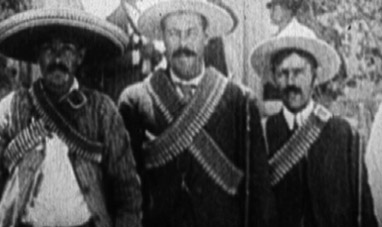

THE MEXICAN REVOLUTION


GREAT SCHISM, THE
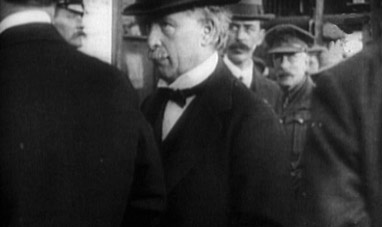

TREATY OF VERSAILLES


WORLD WAR II


THE ARGENTINE DICTATORSHIP, 1976-1983
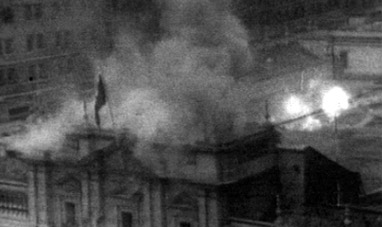

THE 1973 CHILEAN COUP
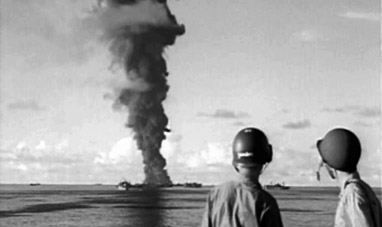

THE OUTBREAK OF WORLD WAR II


THE KOSOVO WAR


TANGENTOPOLI


I MOTI DEL '48


THE FIRST GULF WAR


THE FRENCH REVOLUTION


THE PROTESTANT REFORMATION
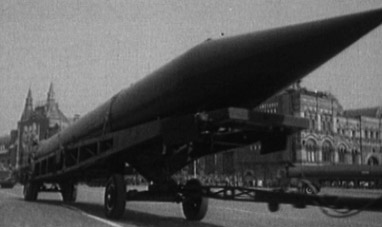

THE CUBAN MISSILE CRISIS


THE ADVENT OF NAZISM
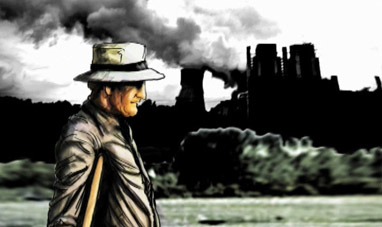

THE INDUSTRIAL REVOLUTION


THE RAPE OF THE SABINE WOMEN
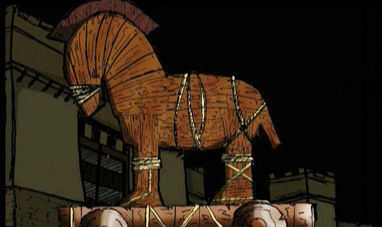

THE TROJAN WAR


THE FIRST CHINESE EMPEROR AND THE QIN DYNASTY


THE KINGS OF ROME


THE BIRTH OF ISRAEL


ITALIAN IRREDENTISM


DISCOVERY OF AMERICA, THE


THE HUNGARIAN REVOLUTION OF 1956
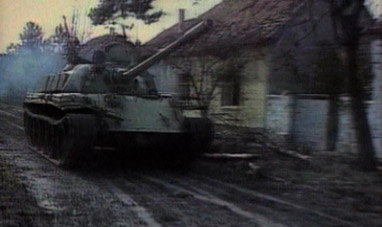

THE BALKAN WARS OF THE 1990S


APARTHEID


THE FALL OF THE BERLIN WALL


1968


THE COLD WAR
